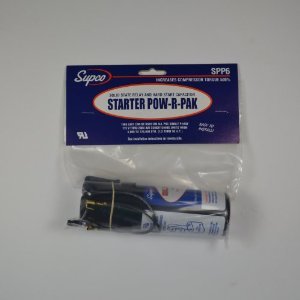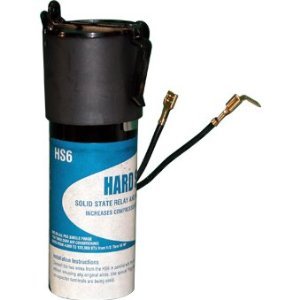fastrak100
Well-known member
- Joined
- Feb 14, 2011
- Posts
- 236
So I have a nice little Honda i2000 (the one that will work in parallel to produce 4kW.
I have a standard 15000 BTU A/C. Though I realize that is the equivalent to 4.4kW I tried before I bought and if I turned everything off in the trailer the Honda would run the A/C on the A/C's low power setting. Great!
But that was in Florida with the temperature in the 80's
When we got to Death Valley and the temperature hit 100 (it was November, so not over the top heat) I attempted to use the generator to keep cool. It worked happily for about 10 minutes, then you could hear the generator revs rise and the A/C motor slow. Then the generator cut out (too much current being drawn). I was not too surprised when I thought about it, but if you whizz kids have a way to use the i2000 to run A/C I would be really interested to hear the details.
I have a standard 15000 BTU A/C. Though I realize that is the equivalent to 4.4kW I tried before I bought and if I turned everything off in the trailer the Honda would run the A/C on the A/C's low power setting. Great!
But that was in Florida with the temperature in the 80's
When we got to Death Valley and the temperature hit 100 (it was November, so not over the top heat) I attempted to use the generator to keep cool. It worked happily for about 10 minutes, then you could hear the generator revs rise and the A/C motor slow. Then the generator cut out (too much current being drawn). I was not too surprised when I thought about it, but if you whizz kids have a way to use the i2000 to run A/C I would be really interested to hear the details.


